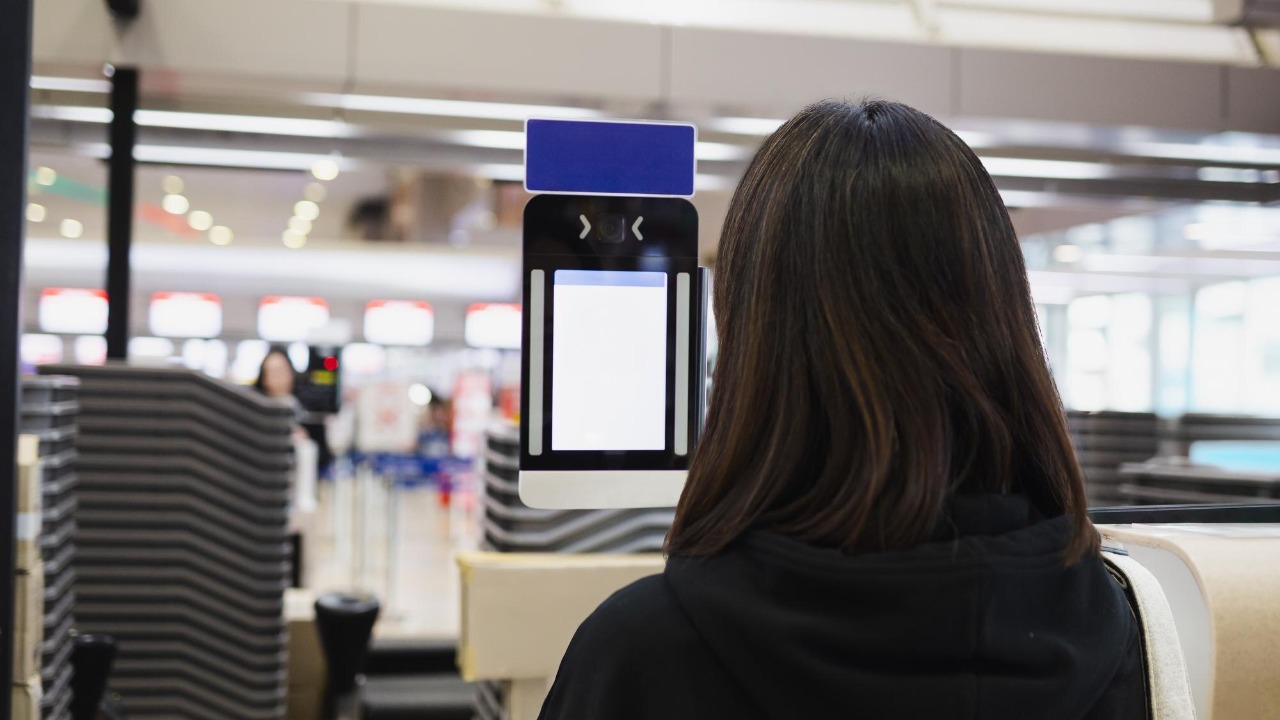
The Transportation Security Administration (TSA) is implementing facial recognition technology at over 80 U.S. airports to authenticate passenger identities during security screenings. This move has sparked questions about data management in an era of growing biometric surveillance. A deeper understanding of the real-time scanning process at checkpoints, the safety protocols in place, and the technology’s function can shed light on these concerns.
How TSA Facial Recognition Operates at Checkpoints
At TSA checkpoints, facial recognition technology is used to verify passenger identities. Cameras capture images of passengers’ faces, which are then matched in real time to passport photos, as explained in a CNN podcast. This process occurs at various locations within airports, including boarding gates and security lanes, as noted by USA Today. The accuracy of the matching algorithm is crucial to the effectiveness of this technology, and according to BGR, the error rates are relatively low.
The Role of Biometric Data in TSA Screenings
Facial scans create a digital template from a passenger’s features, which is then used for comparison. This process, as outlined by BGR, is integrated with existing systems like the Secure Flight program. According to USA Today, this program pre-screens passengers against government watchlists. While U.S. citizens can opt out of facial scans, they are mandatory for certain international travelers, as discussed in the CNN podcast.
Data Collection Practices During Airport Scans
During airport scans, specific data points such as facial geometry and timestamps are captured. As explained by BGR, this data is temporarily stored on-site for verification before being deleted, in line with protocols outlined by USA Today. The data may also be shared with other agencies like Customs and Border Protection, as referenced in the CNN podcast.
Privacy Implications of Facial Recognition Data
With the use of biometric data comes potential risks of data breaches or misuse. The CNN podcast explores these risks in the context of airport security scan operations. Travelers may also have concerns about long-term retention policies, as highlighted by USA Today. Furthermore, the BGR article raises the issue of bias in recognition technology, which can affect diverse demographics.
Options for Travelers to Avoid or Challenge Scans
Travelers who wish to avoid facial scans can request manual ID checks, as detailed in the USA Today advisory. However, opting out may result in delays or additional screening, according to the CNN podcast. Travelers also have legal rights under privacy laws like the Privacy Act, as discussed in the BGR article.
Regulatory Oversight and Future Expansions
The TSA complies with federal guidelines on the use of biometrics, as reported by USA Today. The agency plans to roll out facial recognition technology to additional airports by 2025, according to BGR. Meanwhile, debates on data protections continue in Congress, as touched on in the CNN podcast.
More from MorningOverview